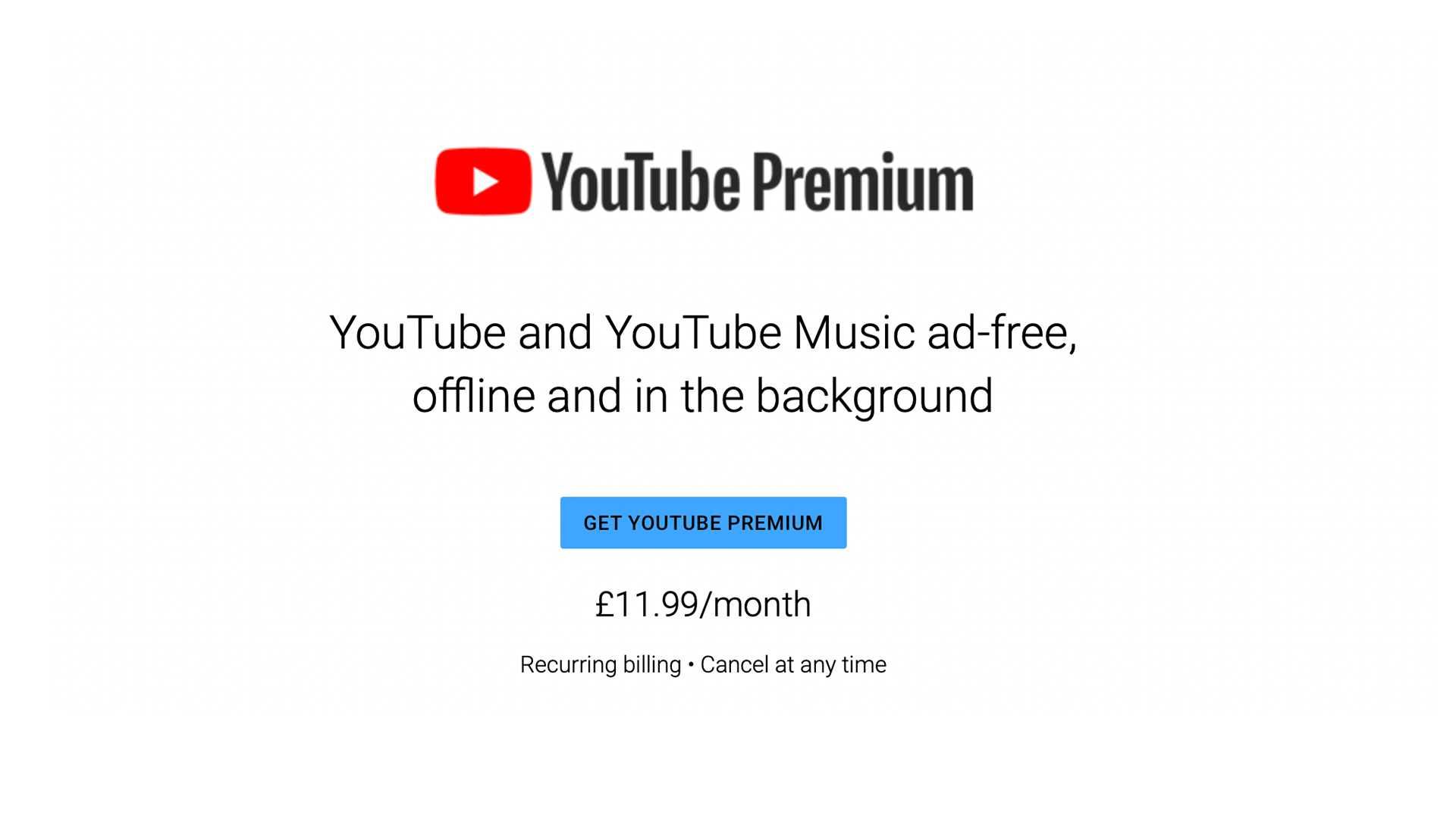A popular third-party app of YouTube has been taken down by Google, due to a legal challenge by the company, which allowed users to block ads without a Premium subscription.
YouTube Vanced was able to block any ads that would play before, during, and after a video you had planned on watching. As it was available on Android, the app could be used on Amazon Fire TV devices, handhelds running Google’s OS, and more.
But while you can still use the app if you already have it installed on your device, it won’t see future updates.
The Vanced website instead highlights web extensions that you can install to almost mimic the app’s intention without purchasing a YouTube Premium subscription that does these features officially. But this only highlights the issues with YouTube’s paid service.
Analysis: YouTube Premium needs more choice
Advertisements are part of the YouTube experience – they always have been in one way or another. But in the last few years, ads have changed from being a short break, into an irritating distraction.
There was a time when you would usually see an ad begin at the start of the video, but now they’re essentially anywhere in the video.
You might click on one video for example, and be greeted with an ‘Ad starting in 5..4..3..’ right away, alongside when you’re clicking on different timestamps of the video.

It can be very annoying, and while this can be avoided with a YouTube Premium subscription at $11.99 / £11.99 / AU$14.99 a month, many users simply don’t want to pay this amount just to block ads.
With this subscription, you get YouTube Music, downloads, and background play included. While these are welcome features, they’re features that users don’t want to try.
But there’s yet to be a tier where you just want to solely block ads. This seems like an easy win for YouTube, yet there’s no way of signing up to a simple tier that only blocks ads.
It’s why there have been popular third-party apps and web extensions that have fulfilled this need, and for free. But with Google only seeing legal reasons for these methods and not other ways to appease these users, there’s little chance of seeing different Premium tiers in the near future.



